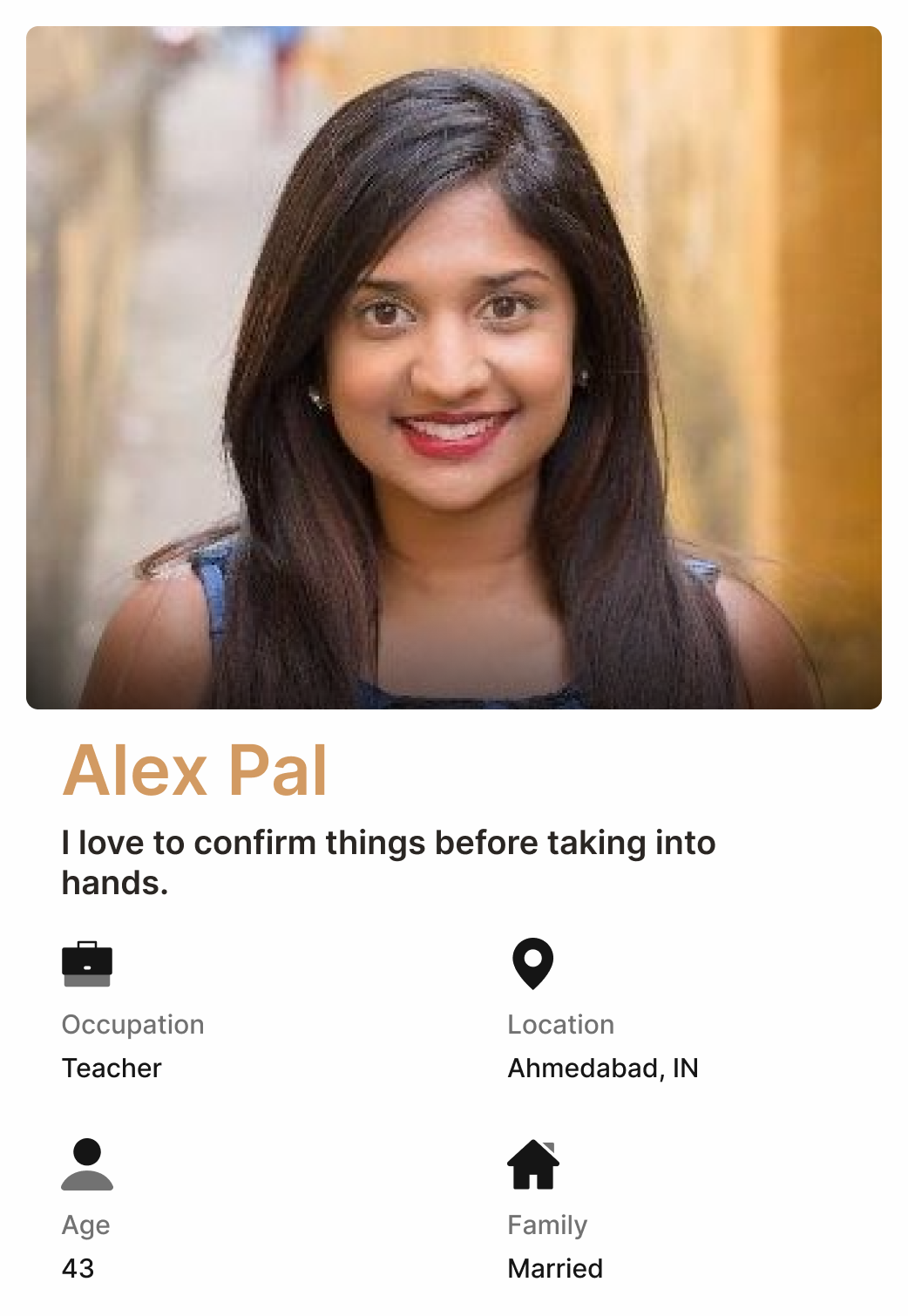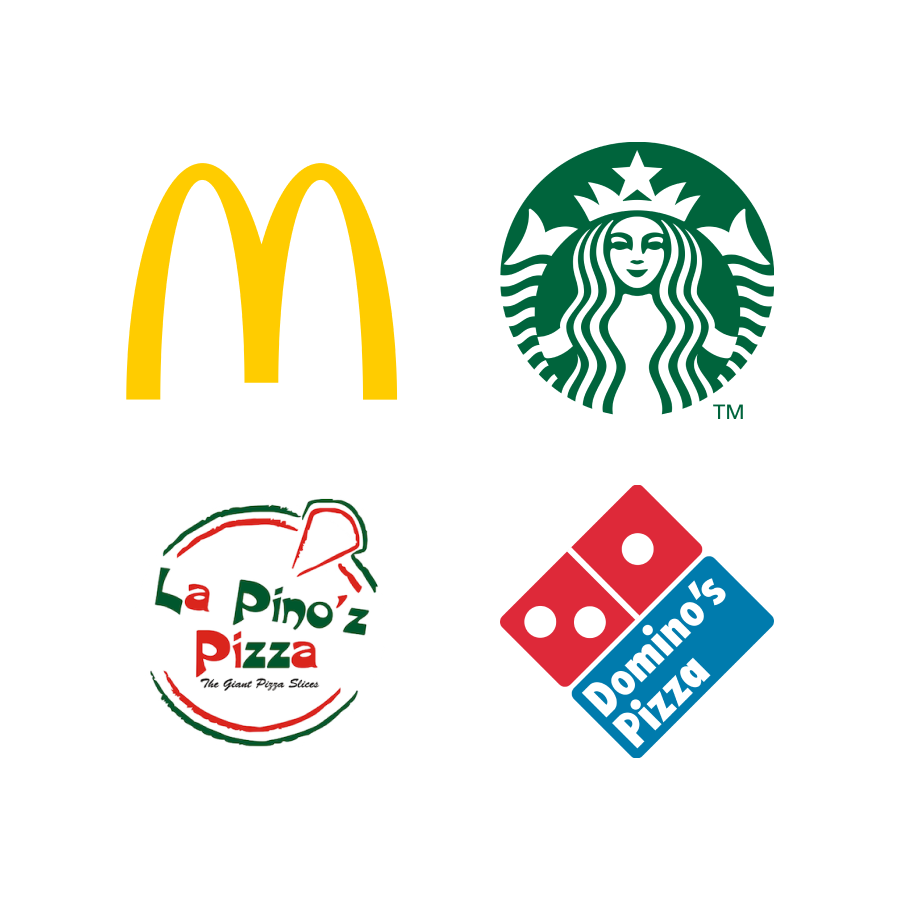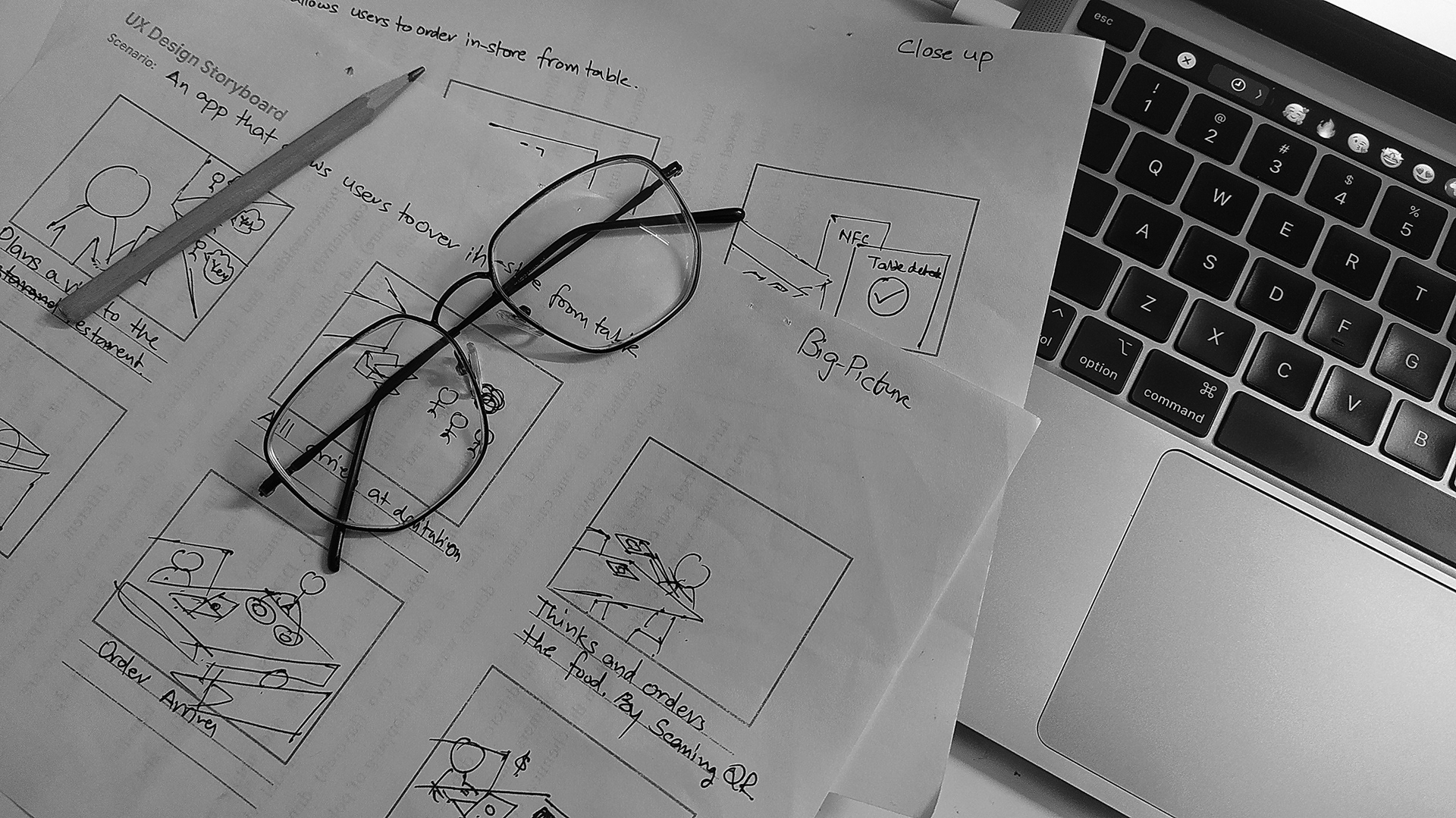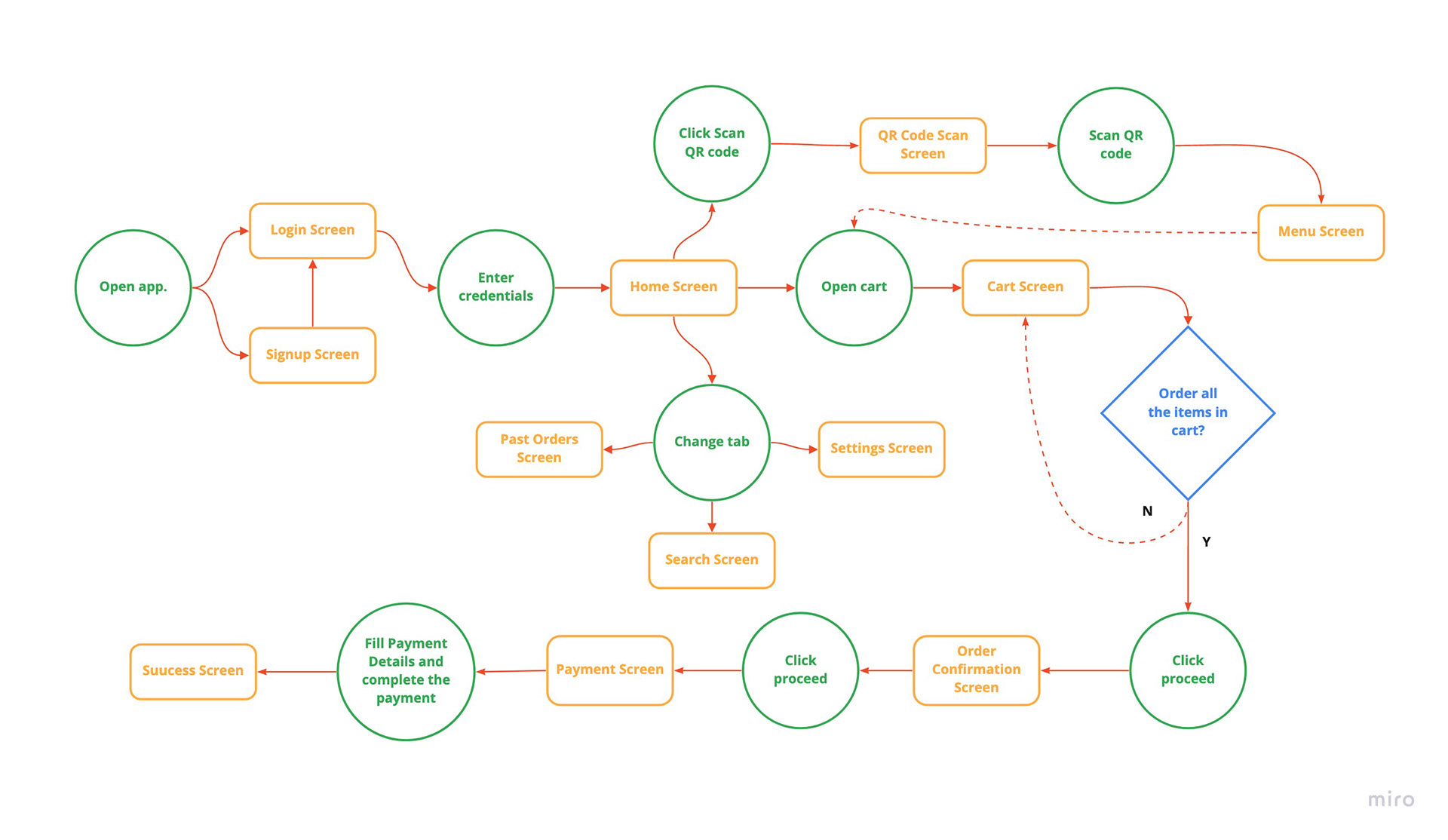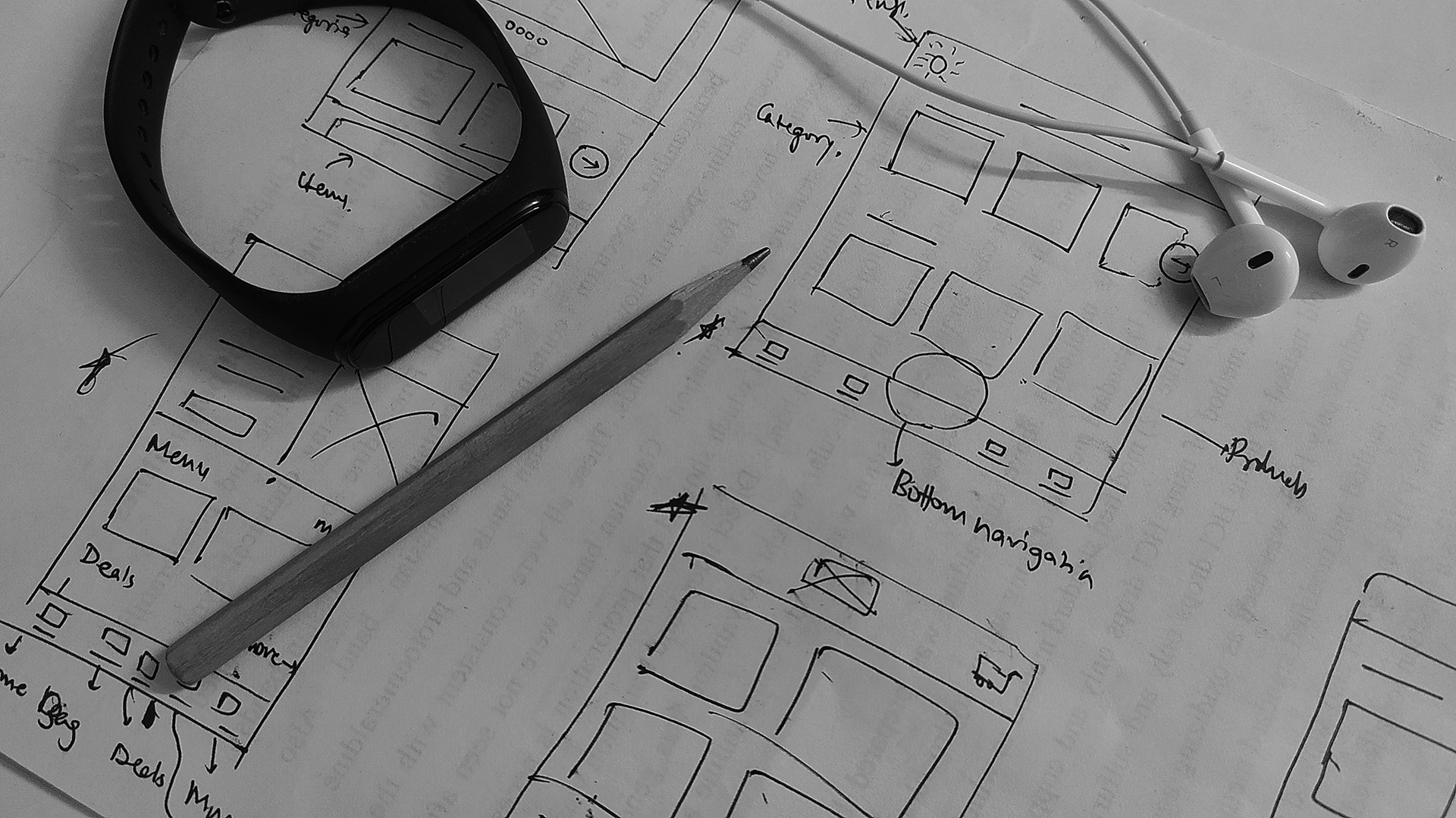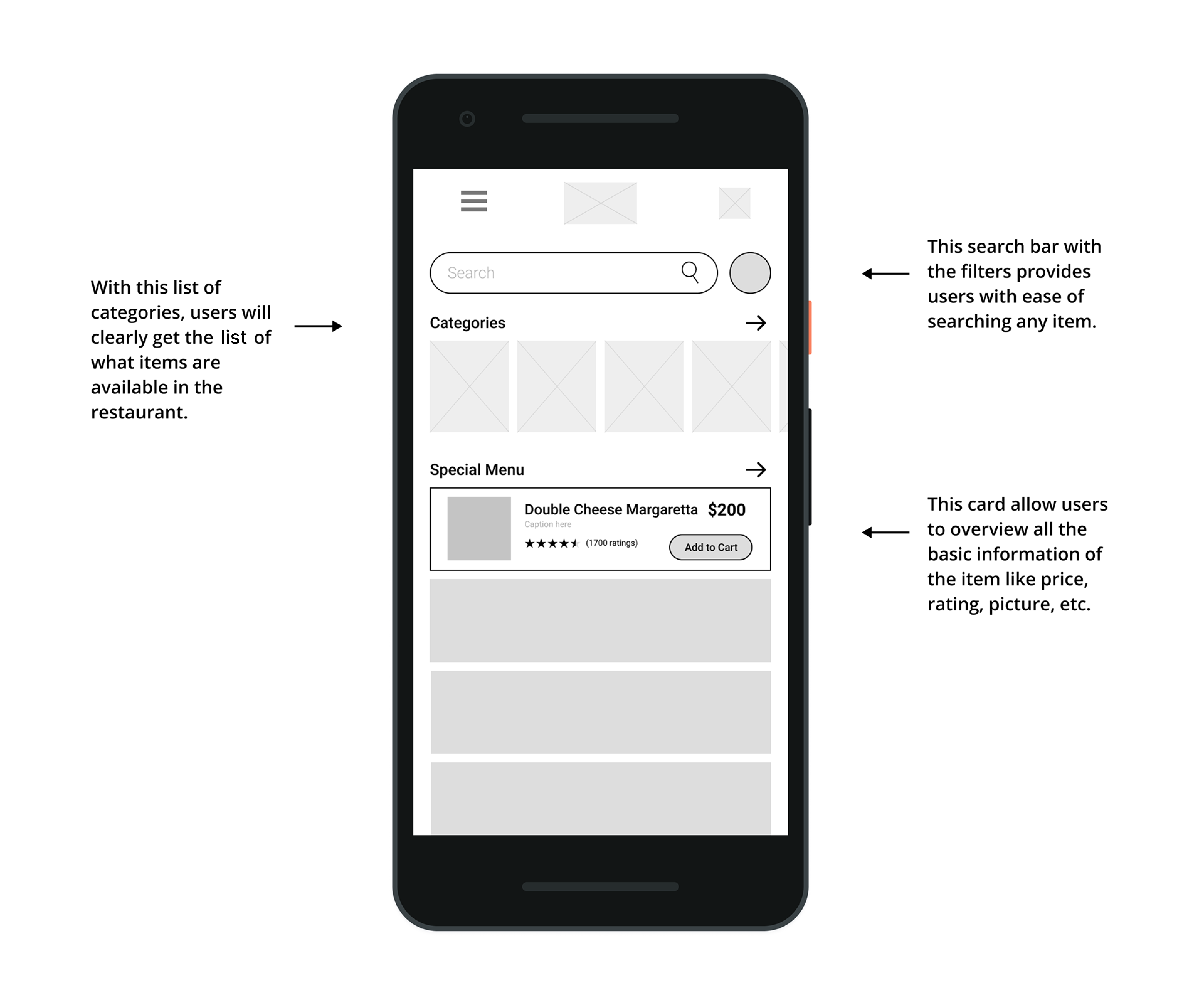Understanding the User
Kickoff Study
I conducted interviews and created empathy maps to understand the users I’m designing for and their needs. A primary user group identified through research was working adults who don’t have time to cook meals. This user group confirmed initial assumptions about Petpuja's customers, for example students from the nearby college. But the research also revealed that the time was not the only factor limiting users from cooking at home. The key differentiator of this user group is they prefer to order from the application even if they are ordering from the table. So they would like to have such applications that can make a delivery order or a pickup order, or in-store order.
Users & Audience
The dominant target users of the e-commerce app are students and travellers. I'm designing it to keep them front and center. But with them all the other group of people will get benefit and might use this application. I took 2 different personas and assumed their core needs and frustrations according to the opinions of some interviewed users.
Users Pain points
From the early research study, I came to know some of the pain points which I considered before starting the design activity.
Not much streamlined, secure, safe payment process
Past order history
Proper reward system
In store order from table
Competitive Analysis
We looked at several potential competing companies. Although none compete directly with Mechmarket, they can still infringe on the business's revenue and popularity. Petpuja has the opportunity to capitalize on this by bringing products from each company to create a one-stop shop without oversaturating the user's selection.
The majority of the features between competitors were very similar, however the main differences that we noticed were:
- Easily Accessible vs Hardly Accessible
- Too Many Screens vs Simplified Interaction
- Bright / Distracting Interface vs Minimalistic Interface
- Specialization of Products




